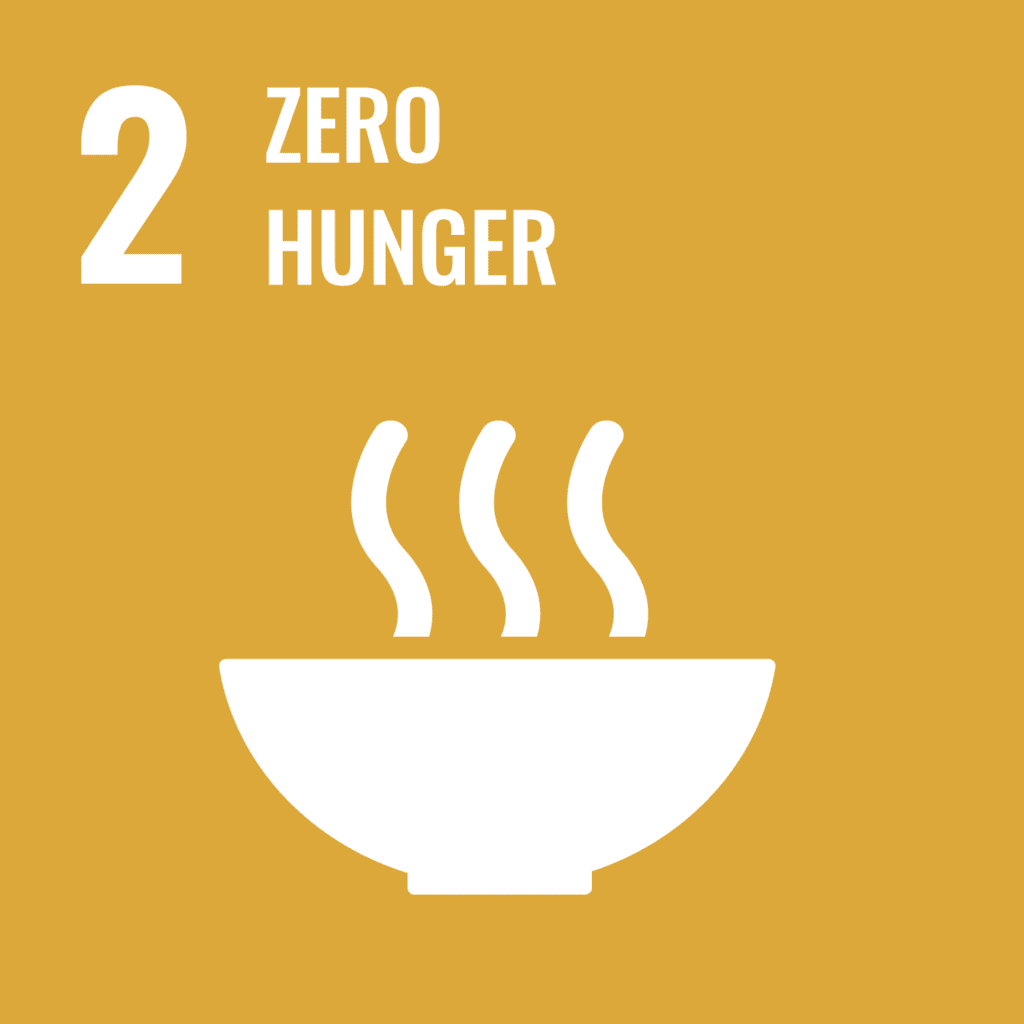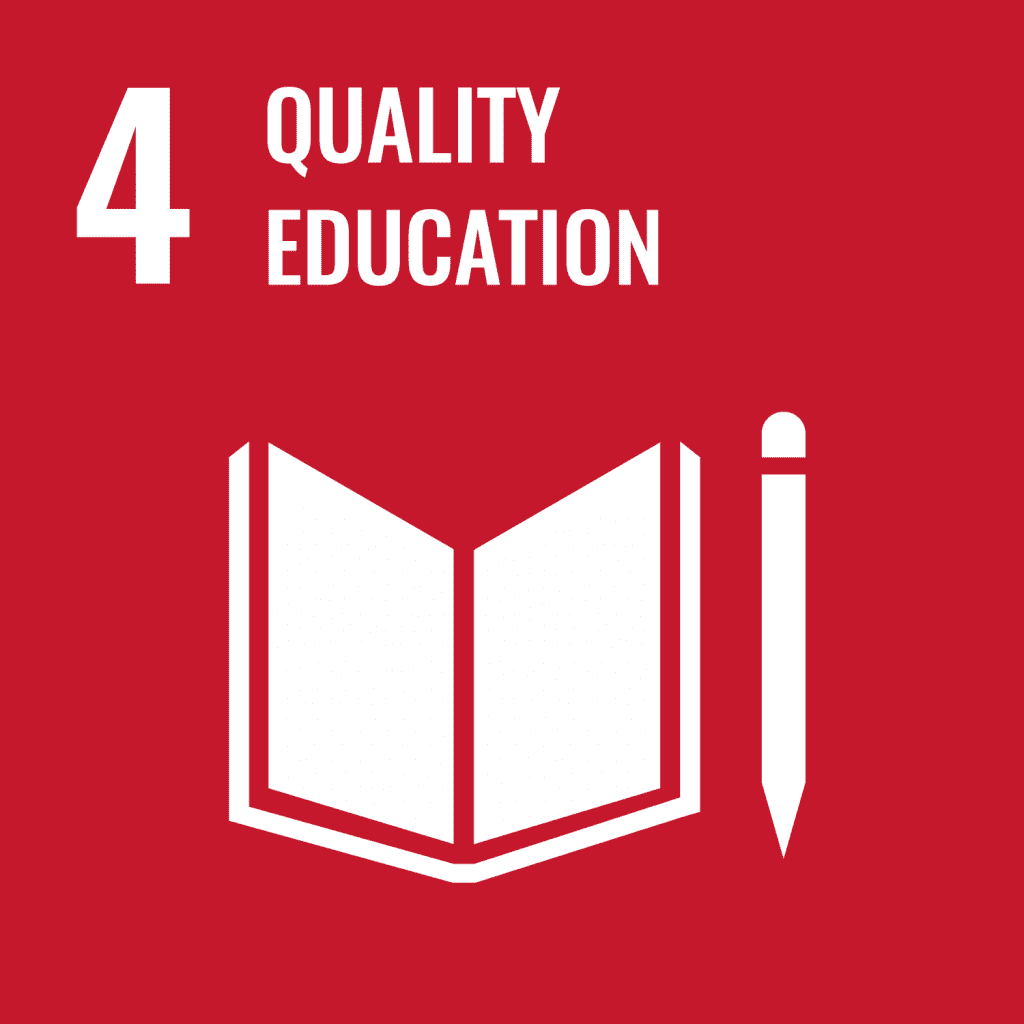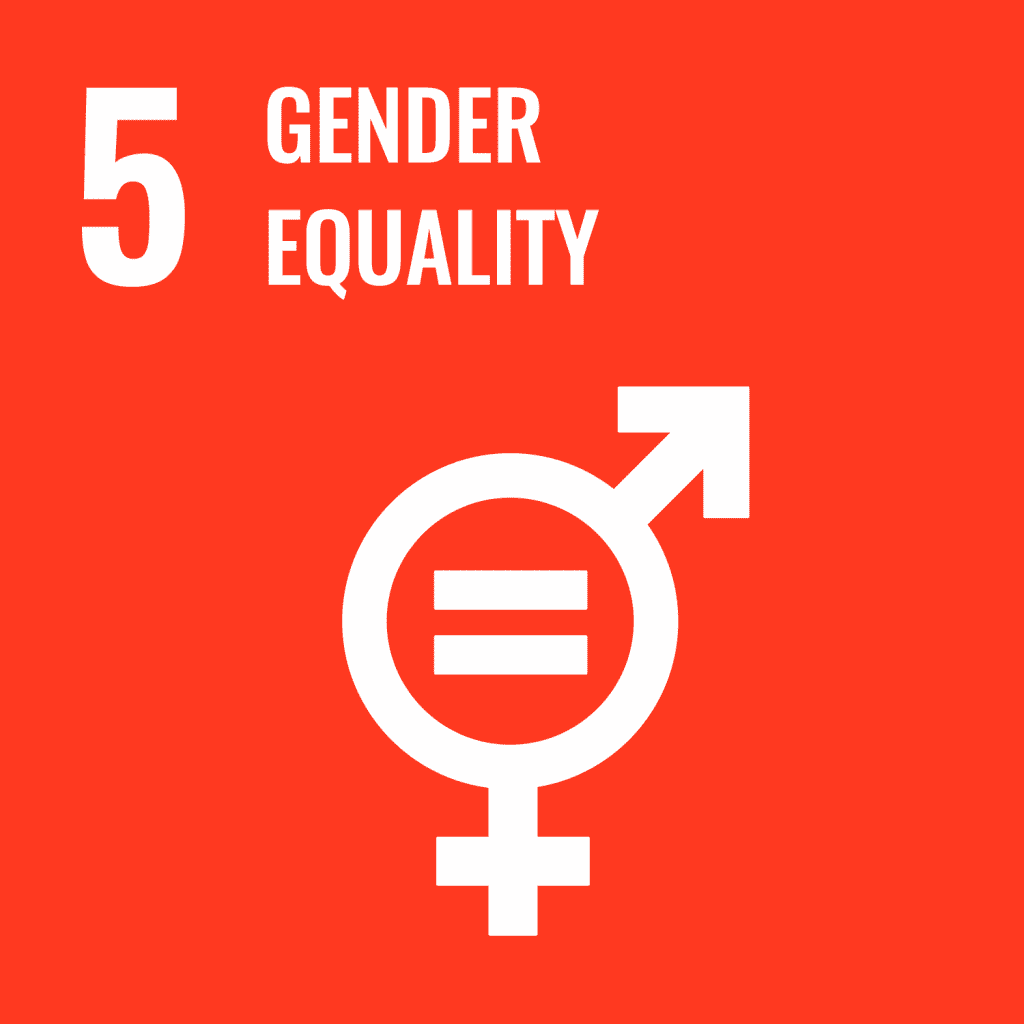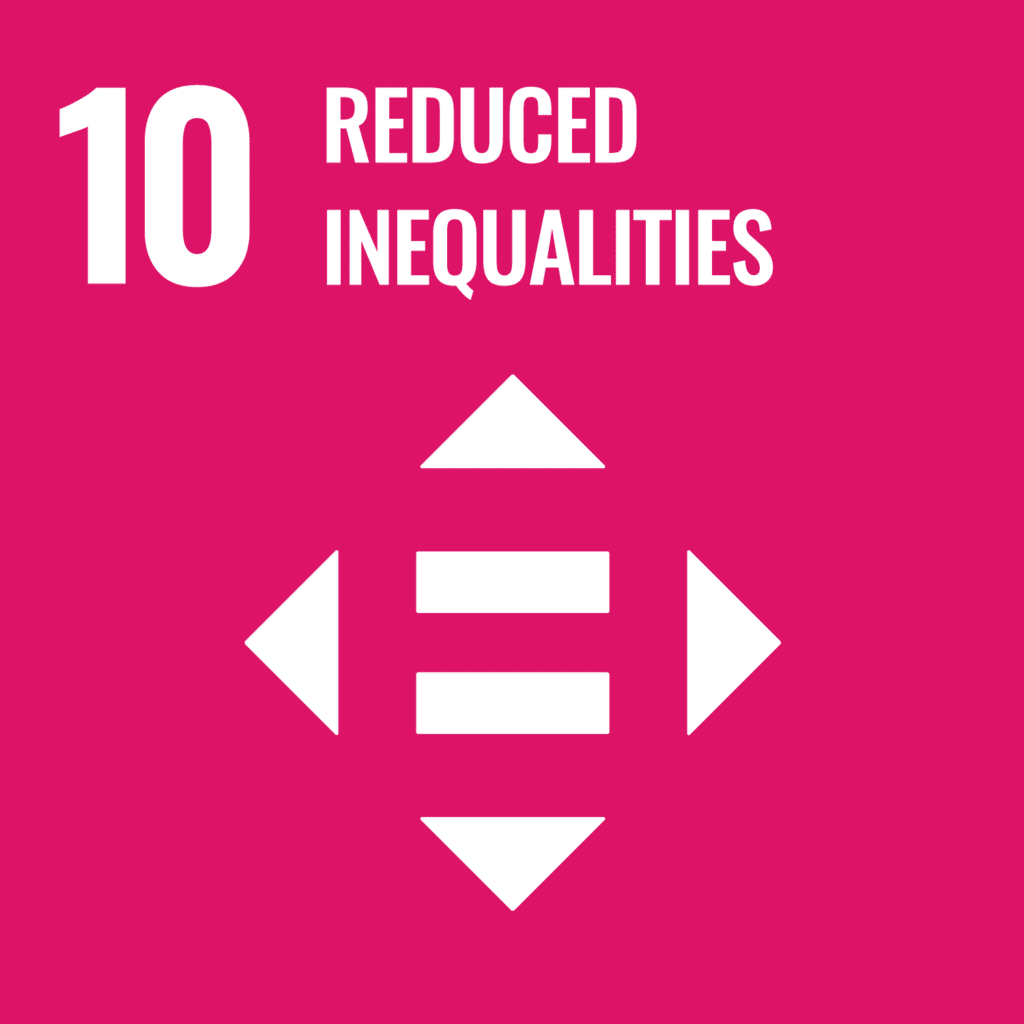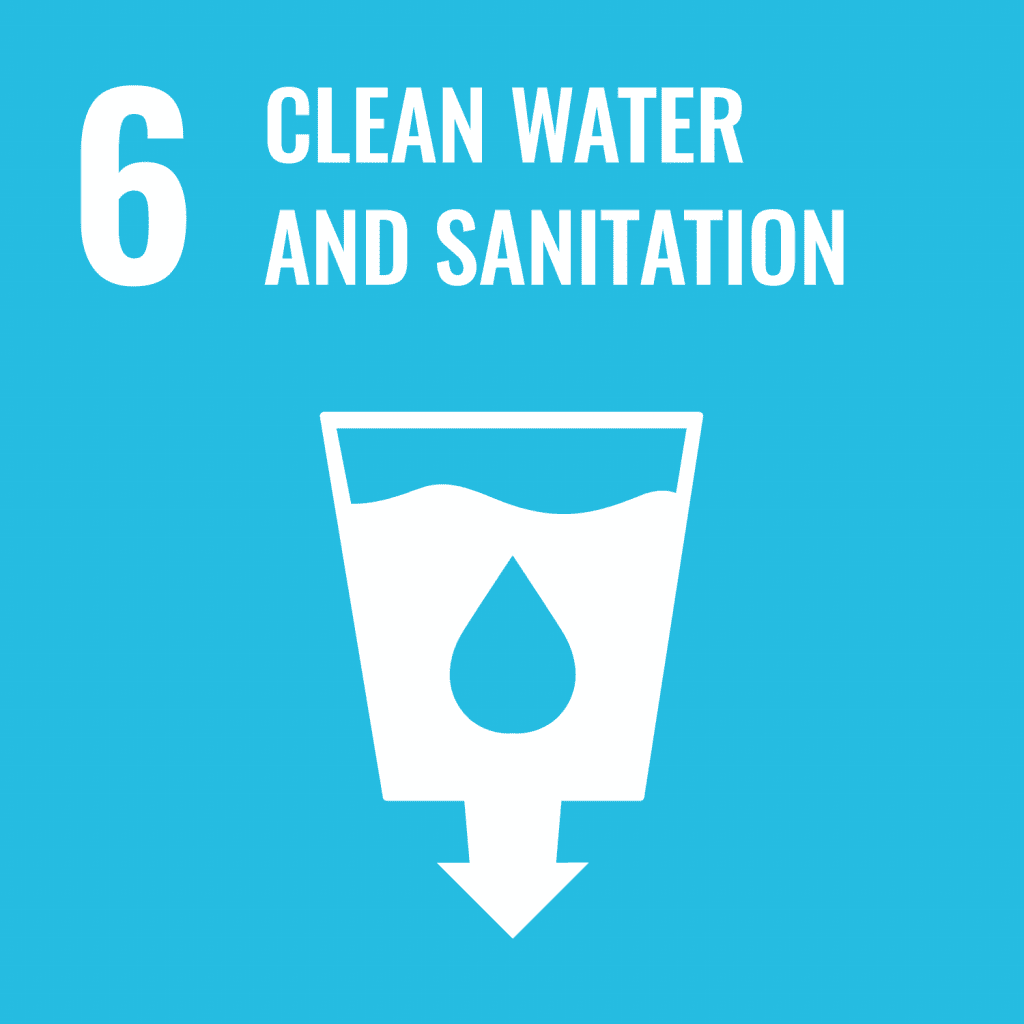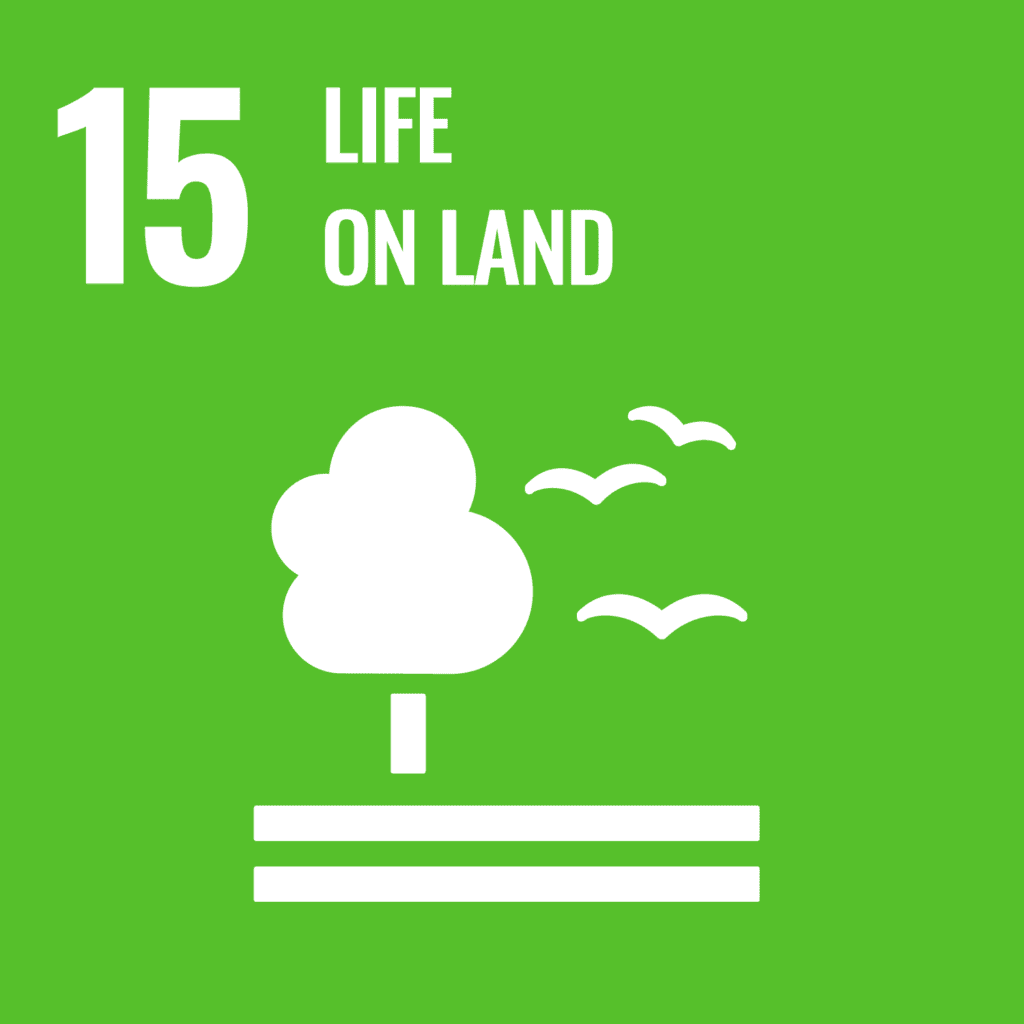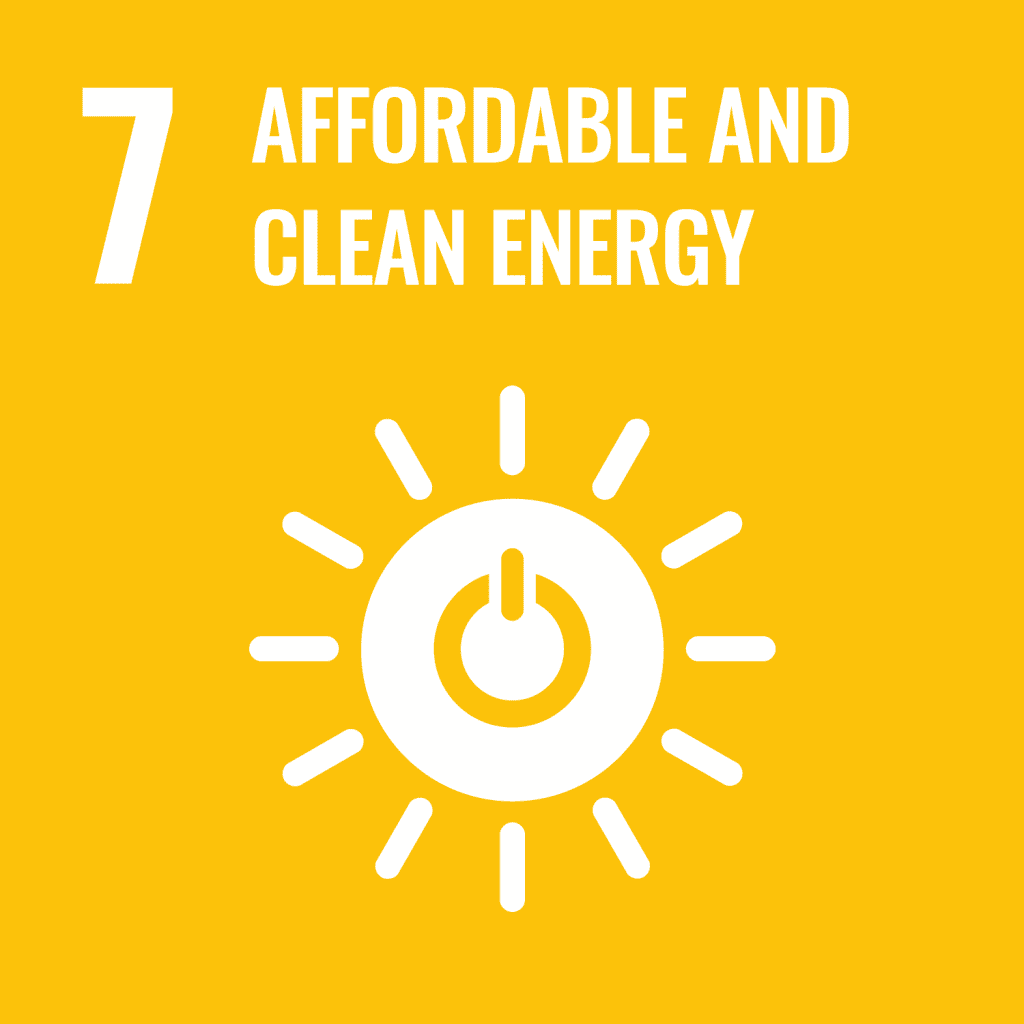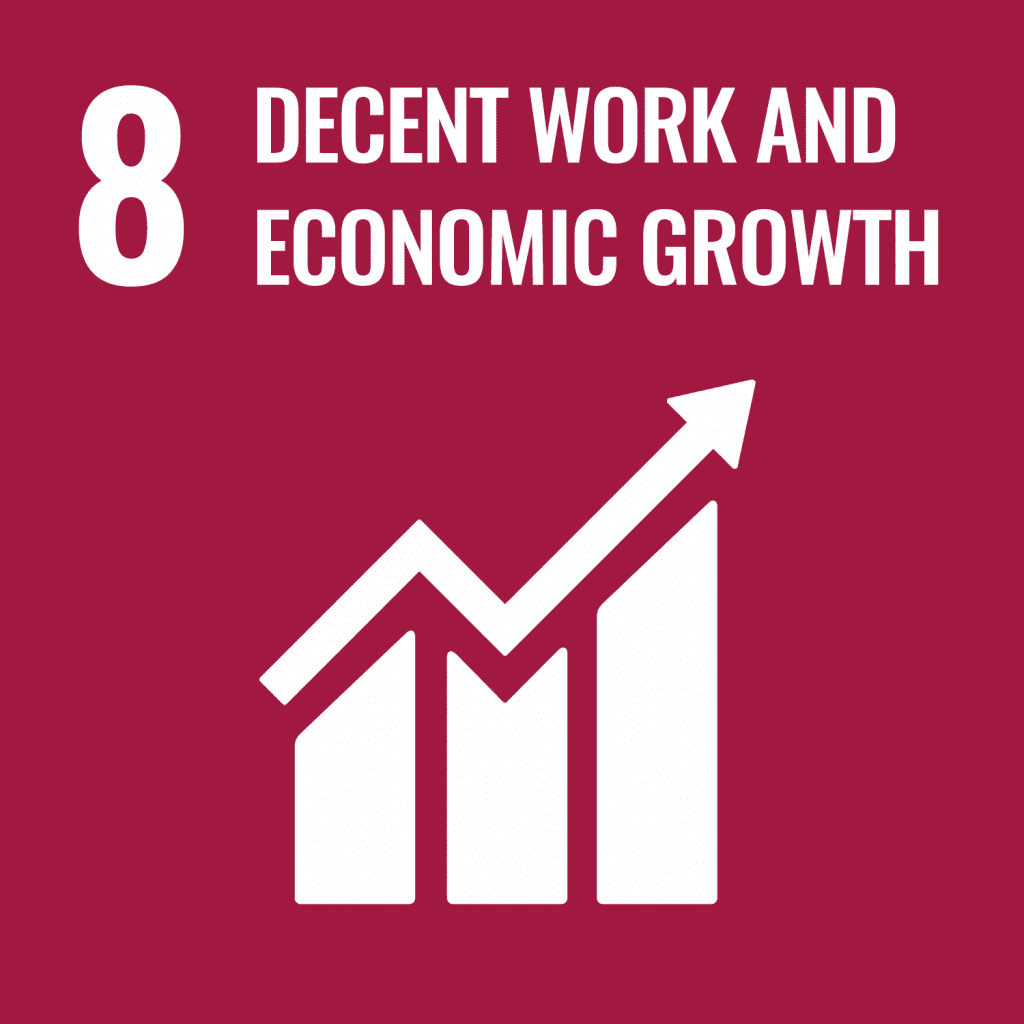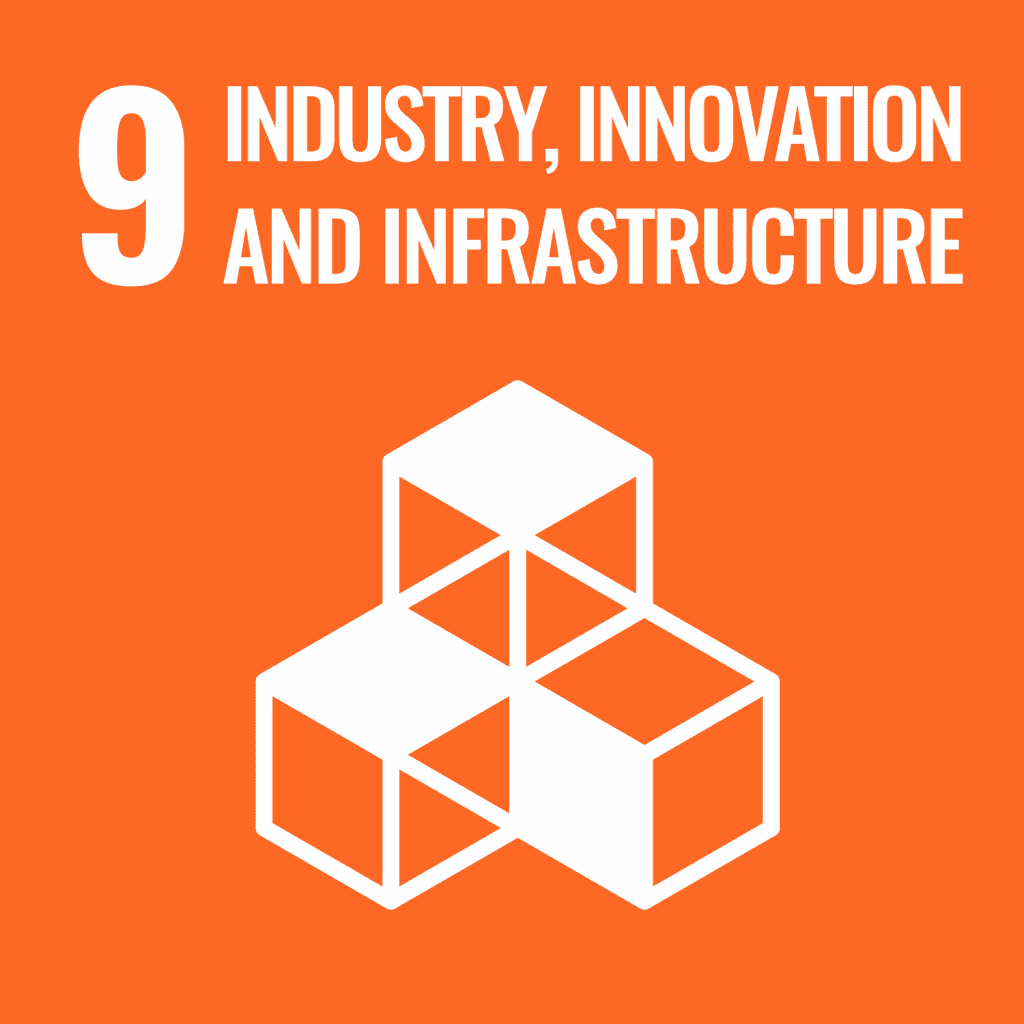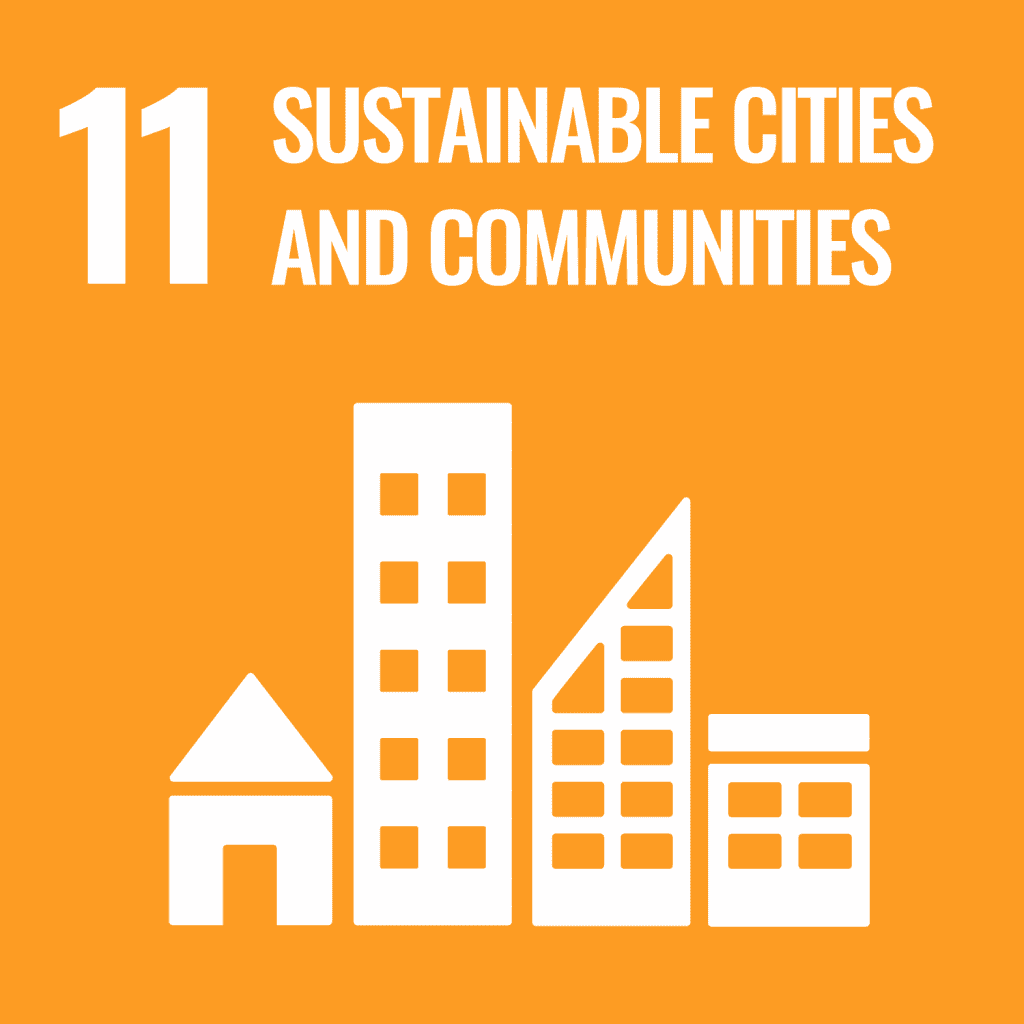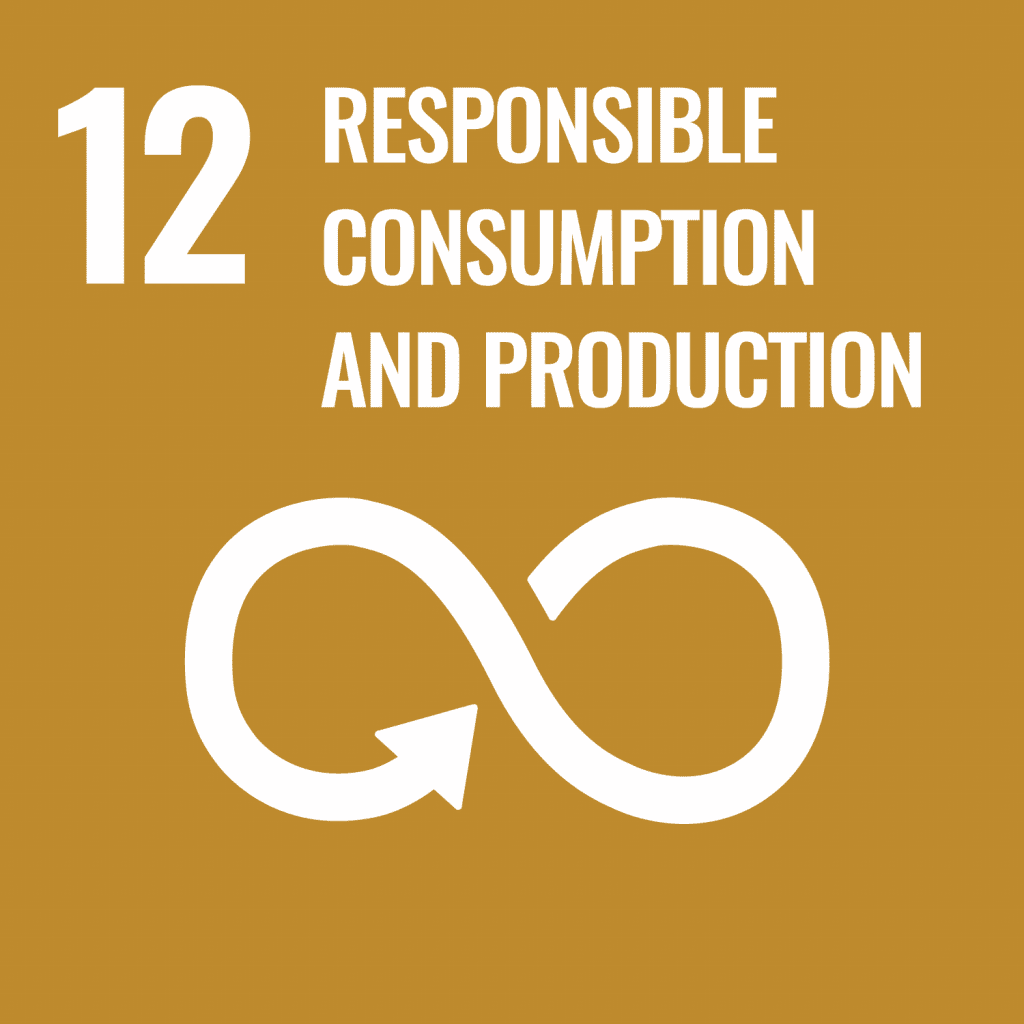Climate action for the success of all the 17 SDGs
Quick facts: 2023 was the warmest year on record, with the average global temperature past 1.4 °C above pre-industrial levels (mainly due to human activities such as the burning of fossil fuels and deforestation). The carbon dioxide level in the atmosphere is past the safe space of the climate change planetary boundary over 420ppm.
Remember the most important definitions?
| Global warming: the long-term trend of rising average global temperatures. | Climate change: the changes in the global climate which result from increasing average global temperature. This includes increased frequency and intensity of extreme weather events such as droughts, heatwaves etc. |
Why should we be concerned about climate change?
The Intergovernmental Panel on Climate Change (IPPC) has organized the key risks of climate change into five major reasons for concern (RFC)*:
- Unique and threatened ecosystems: For example, coral bleaching, mass tree and animal mortalities, species extinction etc.
- Extreme weather events: risks/impacts to human health, livelihoods, assets and ecosystems from extreme weather events such as heatwaves, heavy rain, drought and associated wildfires and coastal flooding. The consequences of such events include increased heat-related human mortality, wildfires, agricultural and ecological droughts, water scarcity; short-term food shortages; impacts on food security and safety, price spikes etc.
- Uneven distribution of impacts: risks/impacts that disproportionately affect particular groups, such as vulnerable societies and socio-ecological systems.
- Global aggregate impacts: impacts to socio-ecological systems that can be aggregated globally into a single metric, such as monetary damages, lives affected, species lost or ecosystem degradation at a global scale.
- Large-scale singular events: relatively large, abrupt and sometimes irreversible changes in systems caused by global warming. For example, the rate of mass loss from both Antarctic and Greenland ice sheets was higher over the period 2010–2016 than over the period 1992–1999 for Greenland or the increase in tree mortality in the Amazon forest (and a decline in carbon sink).
*Source: IPCC AR 6 WGII Technical Summary Table TS.1.
The reality? Unfortunately, there is no shortage of climate-related disasters striking in several parts of the world.
Disaster risk in the context of Disaster Risk Reduction
According to the United Nations Office for Disaster and Risk Reduction (UNDRR), disaster risk is widely recognized as “the consequence of the interaction between a hazard and the characteristics that make people and places vulnerable and exposed.” In other terms, disaster risks come from the combination of the severity and frequency of a hazard, the number of people and assets exposed to the hazard, and their vulnerability to damage. And these factors (exposure and vulnerability) are directly linked to the sustainability of development of the specific place we are considering.
RISK = HAZARD X EXPOSURE X VULNERABILITY*
*From UNDRR Global Assessment Report, 2015.
Sustainable Development Goal n. 13
At the heart of the 2030 Agenda for sustainable development, we find the seventeen Sustainable Development Goals (SDGs)- a framework to stimulate action in five areas of critical importance: people, planet, prosperity, peace, and partnership.
Among the 17 SDGs, Goal n.13 is dedicated to Climate Action, which calls for “urgent action to combat climate change and its impacts.” On page 14 of the Agenda, we find the table with the SDGs, and if you look at Goal 13, you will find that it is the only one with an asterisk (as indicated below):
Goal 13. Take urgent action to combat climate change and its impacts*.
*Acknowledging that the United Nations Framework Convention on Climate Change is the primary international, intergovernmental forum for negotiating the global response to climate change.
The United Nations Framework Convention on Climate Change (UNFCCC) provides the “foundation for multilateral action to combat climate change and its impacts on humanity and ecosystems”. And in the context of the Convention, the Paris Agreement on climate change was adopted in 2015. Article 2 of the Paris Agreement states:
“This Agreement, in enhancing the implementation of the Convention, including its objective, aims to strengthen the global response to the threat of climate change, in the context of sustainable development and efforts to eradicate poverty, including by:
(a) Holding the increase in the global average temperature to well below 2°C above pre-industrial levels and pursuing efforts to limit the temperature increase to 1.5°C above pre-industrial levels, recognizing that this would significantly reduce the risks and impacts of climate change;”
SDG 13 targets and indicators
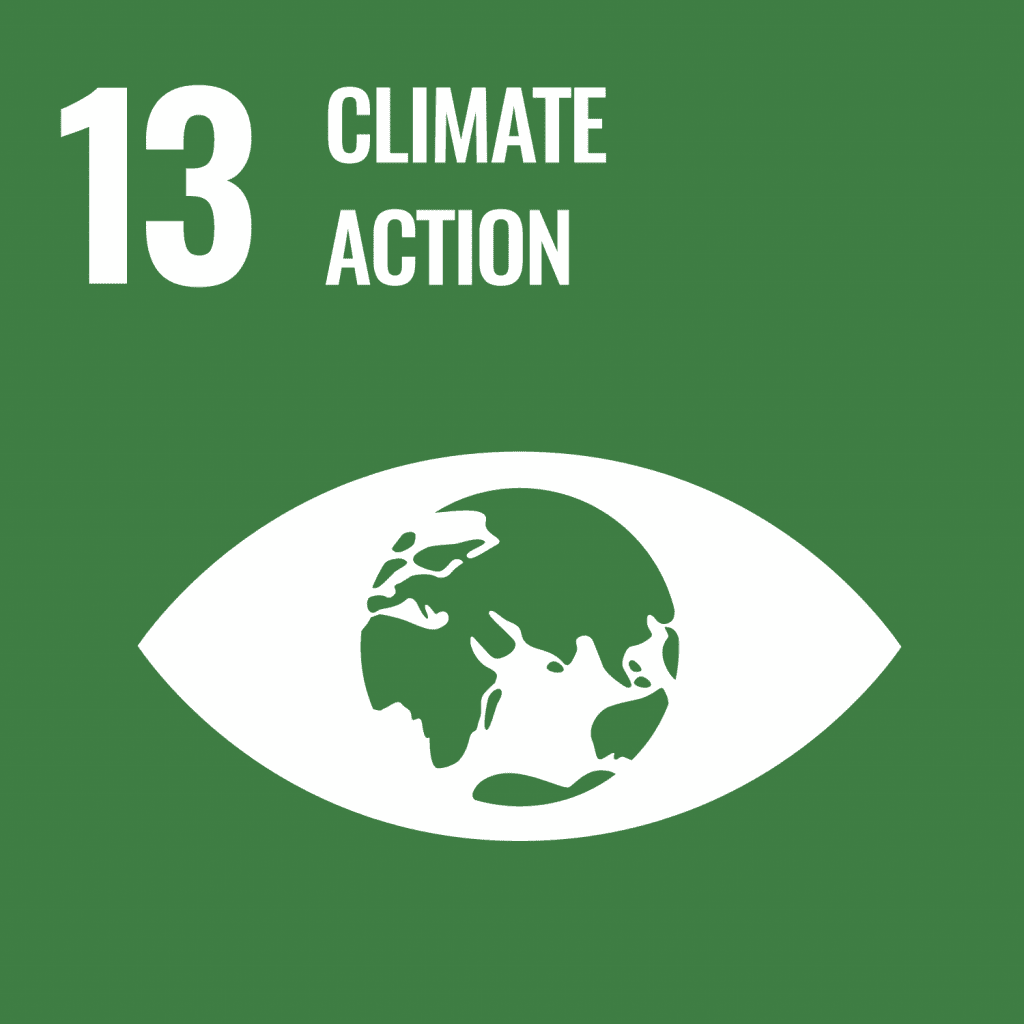
| Targets | Indicators |
|---|---|
| 13.1 Strengthen resilience and adaptive capacity to climate-related hazards and natural disasters in all countries. | 13.1.1 Number of deaths, missing persons and directly affected persons attributed to disasters per 100,000 population 13.1.2 Number of countries that adopt and implement national disaster risk reduction strategies in line with the Sendai Framework for Disaster Risk Reduction 2015–2030 13.1.3 Proportion of local governments that adopt and implement local disaster risk reduction strategies in line with national disaster risk reduction strategies |
| 13.2 Integrate climate change measures into national policies, strategies and planning. | 13.2.1 Number of countries with nationally determined contributions, long-term strategies, national adaptation plans and adaptation communications, as reported to the secretariat of the United Nations Framework Convention on Climate Change 13.2.2 Total greenhouse gas emissions per year |
| 13.3 Improve education, awareness-raising and human and institutional capacity on climate change mitigation, adaptation, impact reduction and early warning. | 13.3.1 Extent to which (i) global citizenship education and (ii) education for sustainable development are mainstreamed in (a) national education policies; (b) curricula; (c) teacher education; and (d) student assessment |
| 13.a Implement the commitment undertaken by developed-country parties to the United Nations Framework Convention on Climate Change to a goal of mobilizing jointly $100 billion annually by 2020 from all sources to address the needs of developing countries in the context of meaningful mitigation actions and transparency on implementation and fully operationalize the Green Climate Fund through its capitalization as soon as possible. | 13.a.1 Amounts provided and mobilized in United States dollars per year in relation to the continued existing collective mobilization goal of the $100 billion commitment through to 2025 |
| 13.b Promote mechanisms for raising capacity for effective climate change-related planning and management in least developed countries and small island developing States, including focusing on women, youth and local and marginalized communities. | 13.b.1 Number of least developed countries and small island developing States with nationally determined contributions, long-term strategies, national adaptation plans and adaptation communications, as reported to the secretariat of the United Nations Framework Convention on Climate Change |
Climate action is an opportunity for sustainable development
As seen above, we need to see climate change” in the context of sustainable development and efforts to eradicate poverty”. Taking meaningful, urgent climate action will lead to a successful implementation of the 2030 Agenda. Climate change and sustainable development are not antagonistic: they go hand in hand. Achieving the Paris Agreement AND the 2030 Agenda is not only possible, but it is necessary to build better societies.
Climate change through the lens of the 5Ps
The 2030 Agenda recognizes that climate change is a cross-cutting issue: it affects the progress of all 17 SDGs. The 5Ps of sustainable development provide a lens through which to see the interlinkages and interconnectedness of the SDGs to evaluate the benefits and tradeoffs of climate actions and solutions. Let’s see how.
People
Climate action can significantly benefit the social dimension of sustainable development, in particular in health (e.g. access to safe water, air pollution etc.), food and nutrition security, fighting poverty and existing inequalities (e.g. gender inequalities – care responsibilities, land rights) and providing economic and job opportunities.
Planet
Our well-being depends on nature. Nature provides us with many essential benefits -called ecosystem services, which are indispensable to the well-being of all people in all places. Just to make a few examples, nature provides us with food, shelter and fresh water, regulates our climate, supports crop pollination, and provides spiritual and recreational opportunities. Climate actions & solutions could seriously damage the environment if they are implemented without assessing their impact on biodiversity, water or soils.
Nature is a powerful ally and can play a critical role in fighting climate change. Nature-based solutions can be used in both mitigation and adaptation: they can help fight climate change (mitigation, e.g. oceans and forests are natural carbon sinks) and increase the resilience of people and the environment (e.g. mangroves).
Prosperity
Climate change threatens our economies with direct economic losses (e.g., damages to infrastructures), reduced agriculture productivity (and increased food prices), increased public health costs, and reduced access to energy and natural resources. Climate change threatens our economies in many different ways. The 2022 Disasters in numbers report from the Centre for Research on the Epidemiology of Disasters (CRED) recorded 387 catastrophic events resulting in the loss of 30,704 lives, affecting 185 million individuals and causing US$223.8 billion in economic losses.
Peace
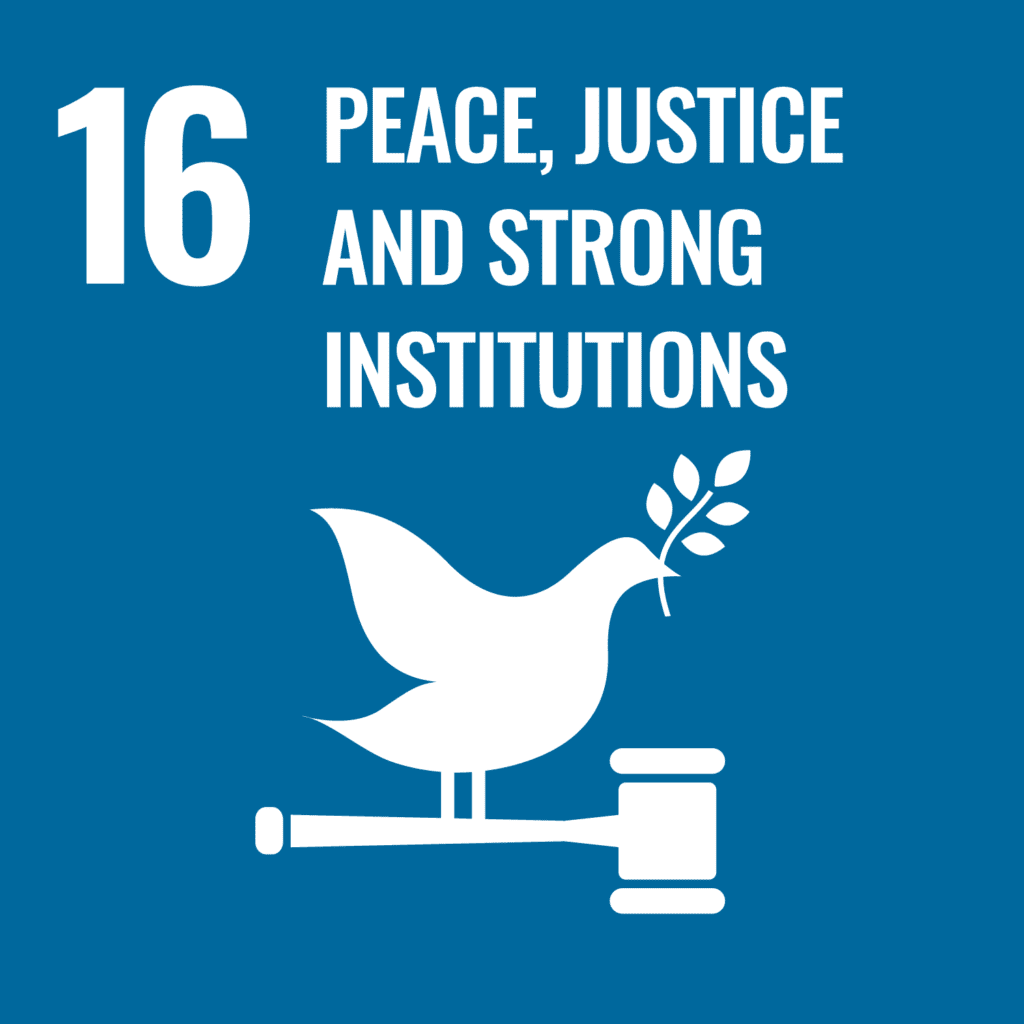
Goal 16 aims to “promote peaceful and inclusive societies for sustainable development, provide access to justice for all and build effective, accountable and inclusive institutions at all levels”.
Effective, accountable and inclusive institutions are also crucial to improve resilience to climate risks. Climate change has been recognized as a “threat multiplier”, aggravating instability, conflict and terrorism.
Partnership
The 2030 Agenda and the Paris Agreement can only be realized in partnership. Cooperation at all levels is essential to solving the many challenges our divided world faces. All sectors are called to action: from public to private sectors, civil society to academia – all of us need to join forces to co-create a better future in which we leave no one behind.
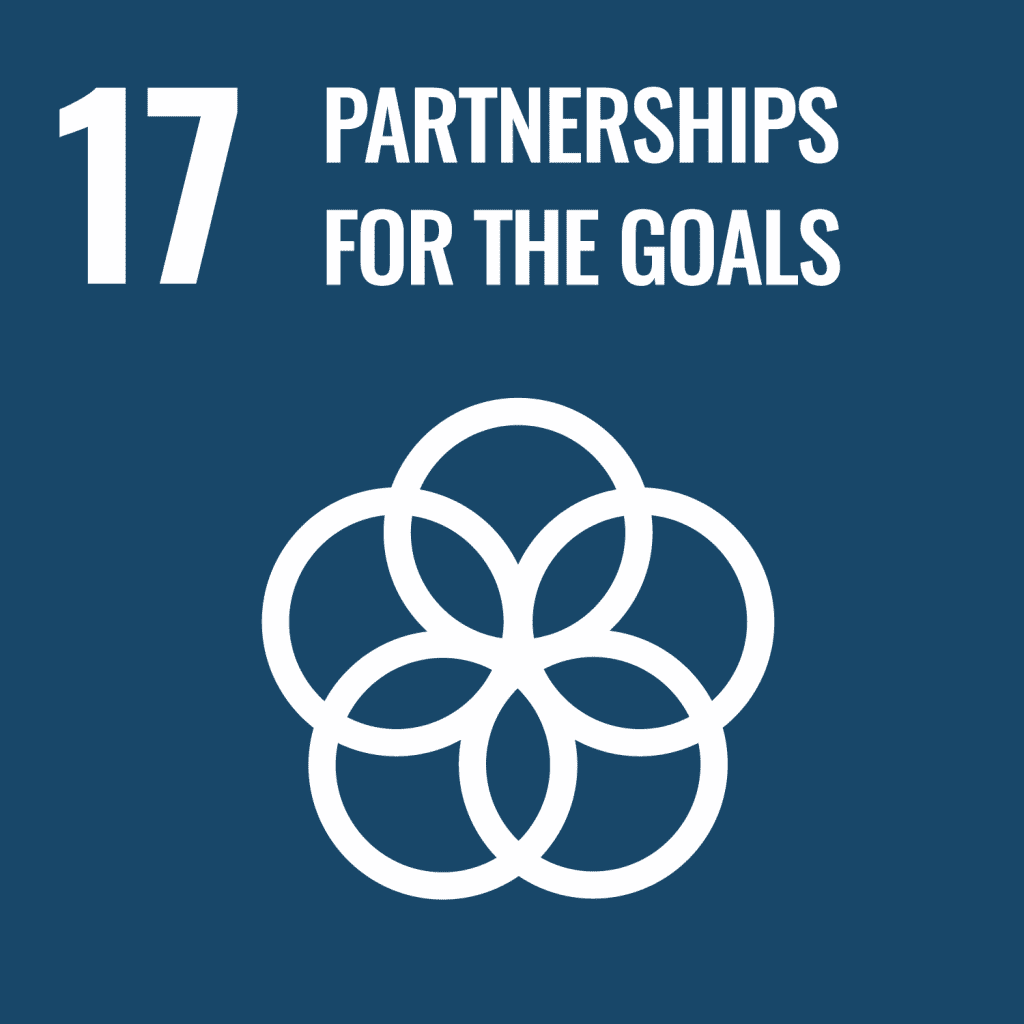
The changes required to achieve such a better future are within our reach, but a step change is required in the fundamentals of our economies. From the current linear systems heavily dependent on fossil fuels to a new circular/regenerative model reliant on renewable energies. From exploiting nature to making it our powerful ally. From isolation to re-connection with families and communities.
As stated in the 2030 Agenda: “We envisage a world in which every country enjoys sustained, inclusive and sustainable economic growth and decent work for all. A world in which consumption and production patterns and use of all natural resources – from air to land, from rivers, lakes and aquifers to oceans and seas – are sustainable. One in which democracy, good governance and the rule of law, as well as an enabling environment at the national and international levels, are essential for sustainable development, including sustained and inclusive economic growth, social development, environmental protection and the eradication of poverty and hunger. One in which development and the application of technology are climate-sensitive, respect biodiversity and are resilient. One in which humanity lives in harmony with nature and in which wildlife and other living species are protected.”
Such a world is possible. And people are already working on exploring new possibilities – Practical Utopias, with the technologies we already have at our disposal.
Are we on track with climate commitments and to achieve the SDGs?
According to The Sustainable Development Goals Report 2023 (the only United Nations report that monitors global progress on the 2030 Agenda), “the pace and scale of current climate action plans are wholly insufficient to effectively tackle climate change. Increasingly frequent and intense extreme weather events are already impacting every region on Earth. Rising temperatures will escalate these hazards further, posing grave risks.”
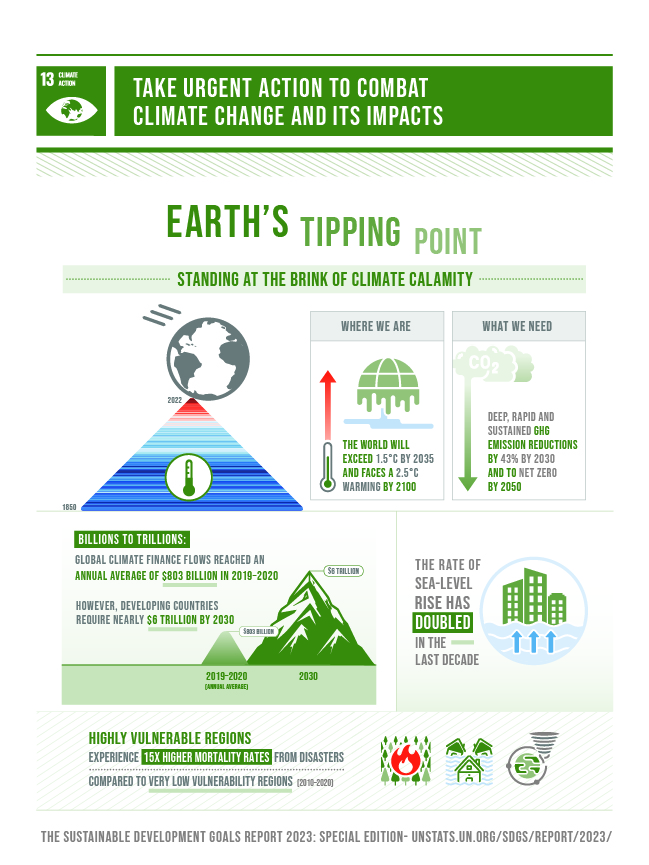
Goal 13 infographic, source: https://unstats.un.org/sdgs/report/2023/
Climate models and projections show that current climate plans will not allow us to meet the Paris Agreement targets of reducing warming to well below 2°C (let alone 1.5°C!). According to the Climate Action Tracker (CAT) thermometer, the latest climate commitments (called NDCs) updated in December 2023 “”are likely below 2.7°C and have a 99.5% chance of exceeding 1.5°C”.
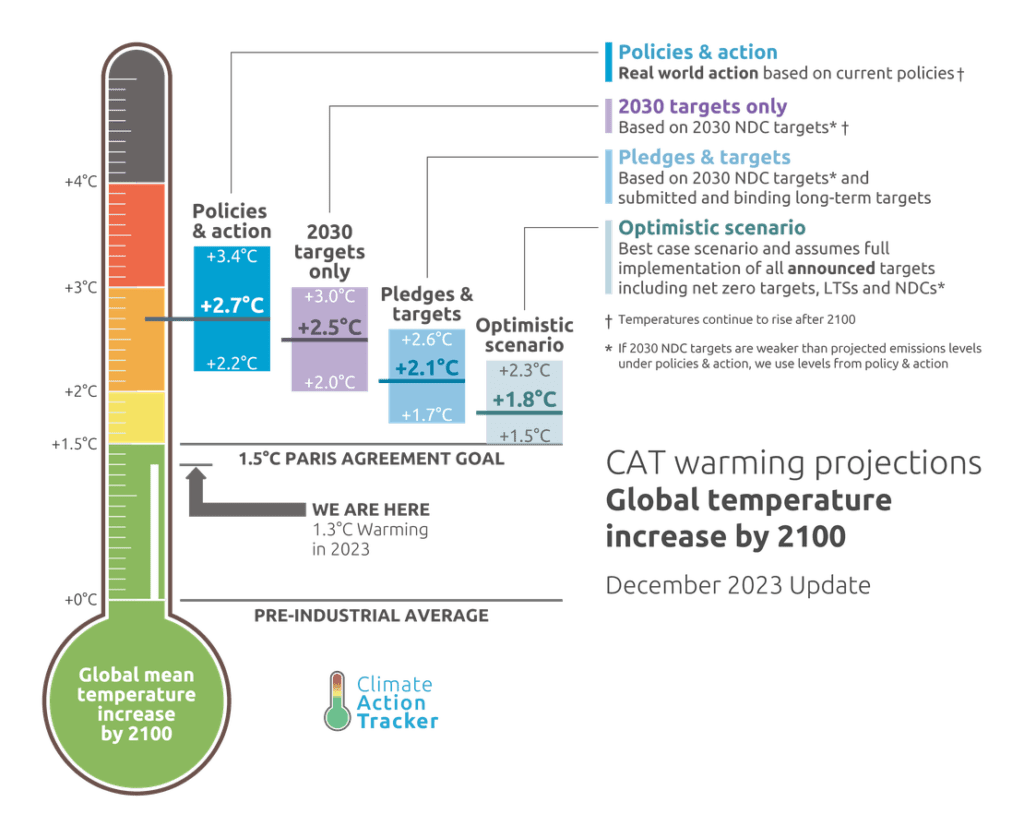
A window of opportunity
Scientists say that we still have an opportunity to solve the multiple crises facing humanity (e.g., climate change, nature loss, pollution, etc.) and achieve the SDGs. But urgent, consistent and meaningful climate action is needed right now.
The Working Group II to the IPCC Sixth Assessment Report 2022 emphasized that there is a “rapidly narrowing window of opportunity to enable climate resilient development”. We still have multiple climate resilient development pathways (image below), which are still possible if we make the societal choices needed. Those pathways – and so our options to achieve a more sustainable future for all are progressively constrained by every increment of warming (we can see that the dotted green line opportunity for a higher climate resilient development has already been missed).
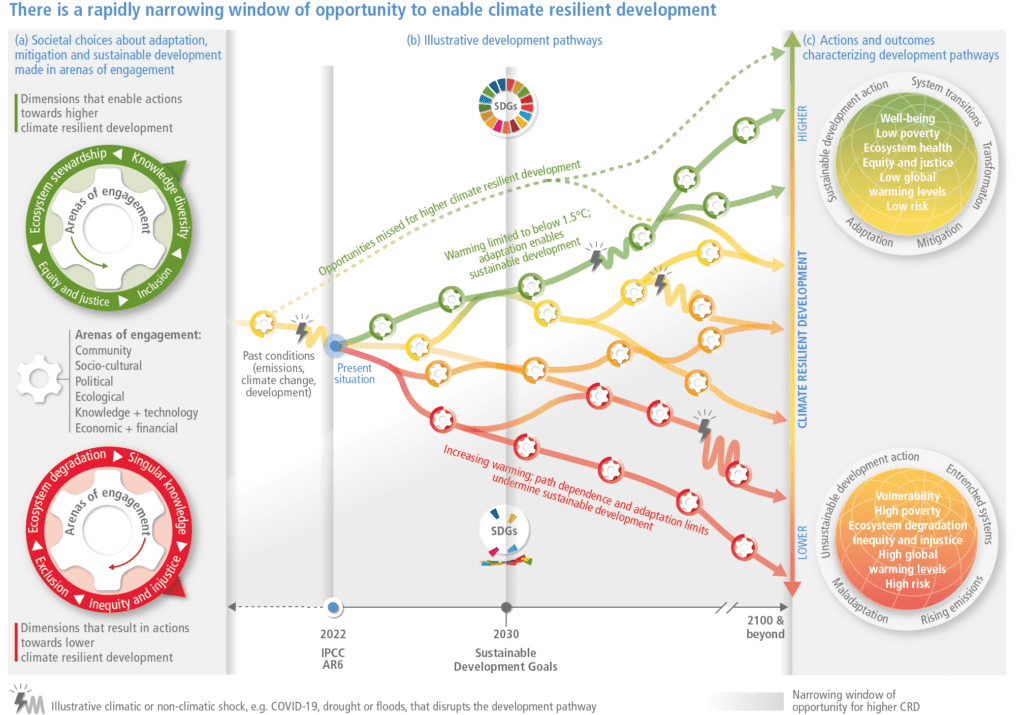
More resources
SDG 13 from the UN SDGs website;
Progress on the SDGs in the Sustainable Development Goals Report 2022
The Climate Action Tracker (CAT)
The Intergovernmental Panel on Climate Change (IPPC)
The United Nations Office for Disaster and Risk Reduction (UNDRR)
The United Nations Framework Convention on Climate Change (UNFCCC)


